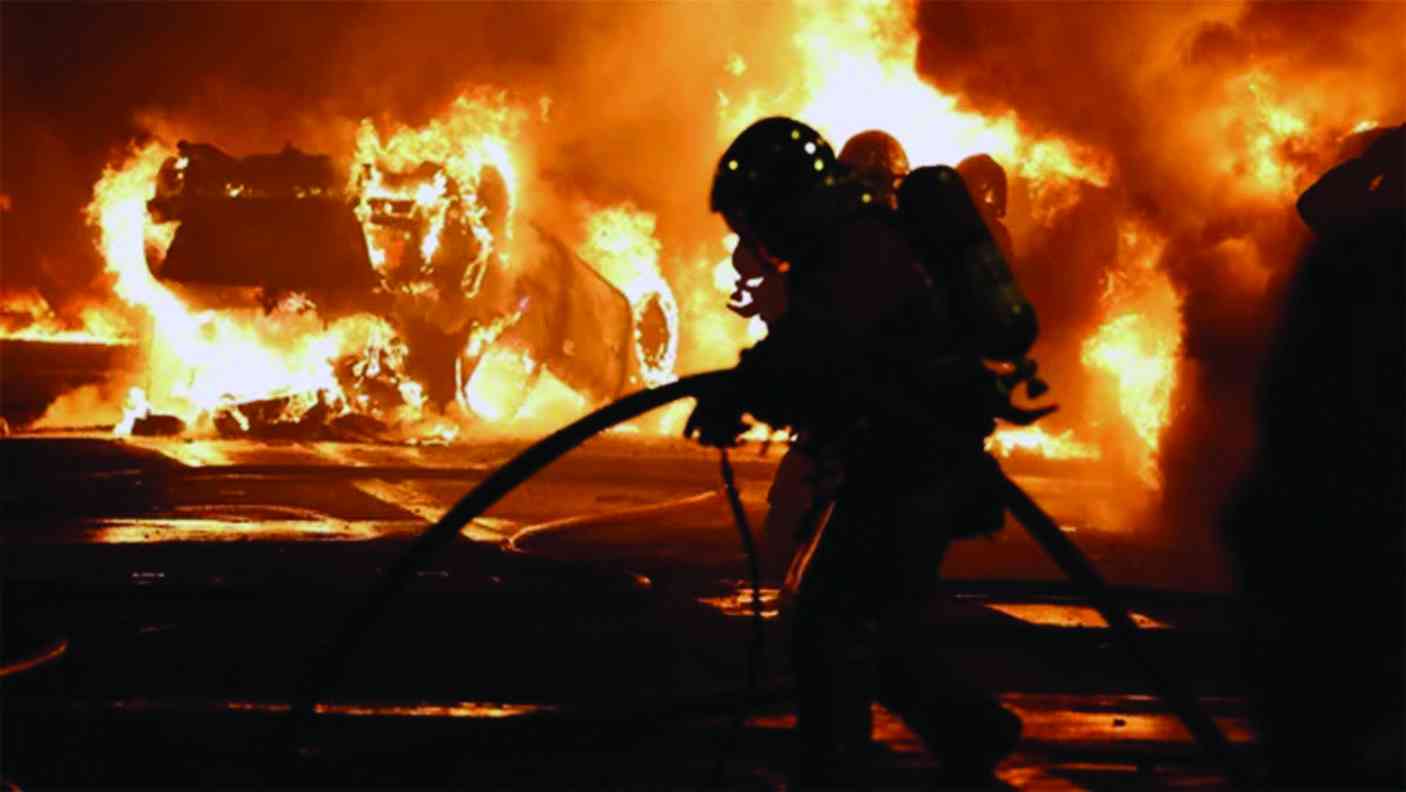
Last Saturday, the fifth day of violent protests all over France against the police killing of an unarmed teenager, Nahel Merzouk, the daily arrests dropped below 1 000 for the first time — but the violence became even more extreme.
In L’Haÿ-les-Roses, a southern suburb of Paris, protesters rammed a stolen car through the gates of the mayor’s home shortly after midnight and then set the vehicle on fire so that the blaze would spread to the house.
The mayor, Vincent Jeanbrun, was still at his office trying to deal with the situation, but his wife, Melanie Nowak, and their two children — aged five and seven — were in the house. When they tried to flee, the intruders attacked them with firework rockets: Nowak’s leg was broken and one of the children was also injured.
This is definitely past the point at which legitimate protest shades off into terrorism, but the police shooting of the 17-year-old boy that set off the protests was similarly past the point at which legitimate law enforcement shades off into murder. And this was the third fatal shooting by police at a traffic stop this year. (Thirteen last year.)
Just to make the parallels with the United States complete, the majority of the victims in police killings at traffic stops in France in the past decade have been from the minority populations (mostly black or North African), and the French police are as militarised and as trigger-happy as American police.
This is puzzling, because neither the protests nor the police are like this in other European countries. This is not to say that the German and the Spanish police are all sweethearts, or that British and Italian protesters never resort to violence, but politics in the streets is usually more restrained and policing is generally more respectful (though not always).
So what makes France different? From the great revolution of 1789 to the bloody Paris Commune of 1871 and on down to the “events” of 1968, the “gilets jaunes” (Yellow-Jackets) of 2018-2020 and the current riots that spread from a single incident in Paris to every city in the country in only three days, the French have spent more time in the streets.
There have been plenty of regime changes in all of France’s neighbours, but they usually came as a result of lost wars. France has had more regime changes than any of them — since 1789, two “empires”, two versions of a restored monarchy, and six “republics” — and most of them came from internal revolutions, usually in the streets.
- Sables’ big night…face tricky tie against Ivory Coast
- Sables Trust assures stakeholders
- Is Zimbabwe ready for green building standards?
- Byo singer collaborates with Mzansi producer
Keep Reading
Revolution is the French tradition and French people are genuinely less frightened about revolutions because overthrowing the existing regime often did change things for the better. Most French people don’t know that history, but it definitely affects their behaviour.
The flip side of this is oppressive and intolerant policing, which is a constant in modern French history. If almost every regime before the present one has been overthrown by a revolution in the streets, the current regime will have a keen interest in controlling those streets come what may.
“But how about the US?” comes the cry. It has had the same constitutional regime since 1787, and no revolutions of any kind. Yet its police are very much in the French mode.
France obviously cannot match the extravagant kill rate of the US, the most heavily armed society in the world (946 police killings in 2020). However, allowing for the fact that France has only one fifth of America’s population, its tally of 37 police killings in the same year at least puts it in the same zone. (37x5=185).
That is a stratospheric number compared to other European countries (Germany 11, United Kingdom 3, Poland 2). What makes the French more “American” in this regard? Perhaps the fact that the biggest ethnic minorities in both countries see themselves as trapped in deprivation.
Every major country of Western Europe and North America has ethnic minorities from non-European countries, usually between 15% and 25%. Only in France, however, are they mostly from one part of the world: North and West Africa.
The North Africans, Arab and Muslim, have inherited bitter memories of colonial oppression and, in the case of Algerians, of a savage decade-long war of liberation. They, and black African immigrants as well, have been housed mostly in “bidonvilles” (“projects” would be the American word) that encircle the big cities, but are not really part of them.
The comparable minority in the US are not immigrants. They are the descendants of African slaves and a great many black Americans remain at the bottom of the social and economic order a century-and-a-half after slavery ended. They are subjected to the same sort of aggressive policing as the immigrant underclass in France, with the same result.
So, of course, they are insurrectionary from time to time. You would be too.
- Dyer is a London-based independent journalist. His new book is titled The Shortest History of War.






